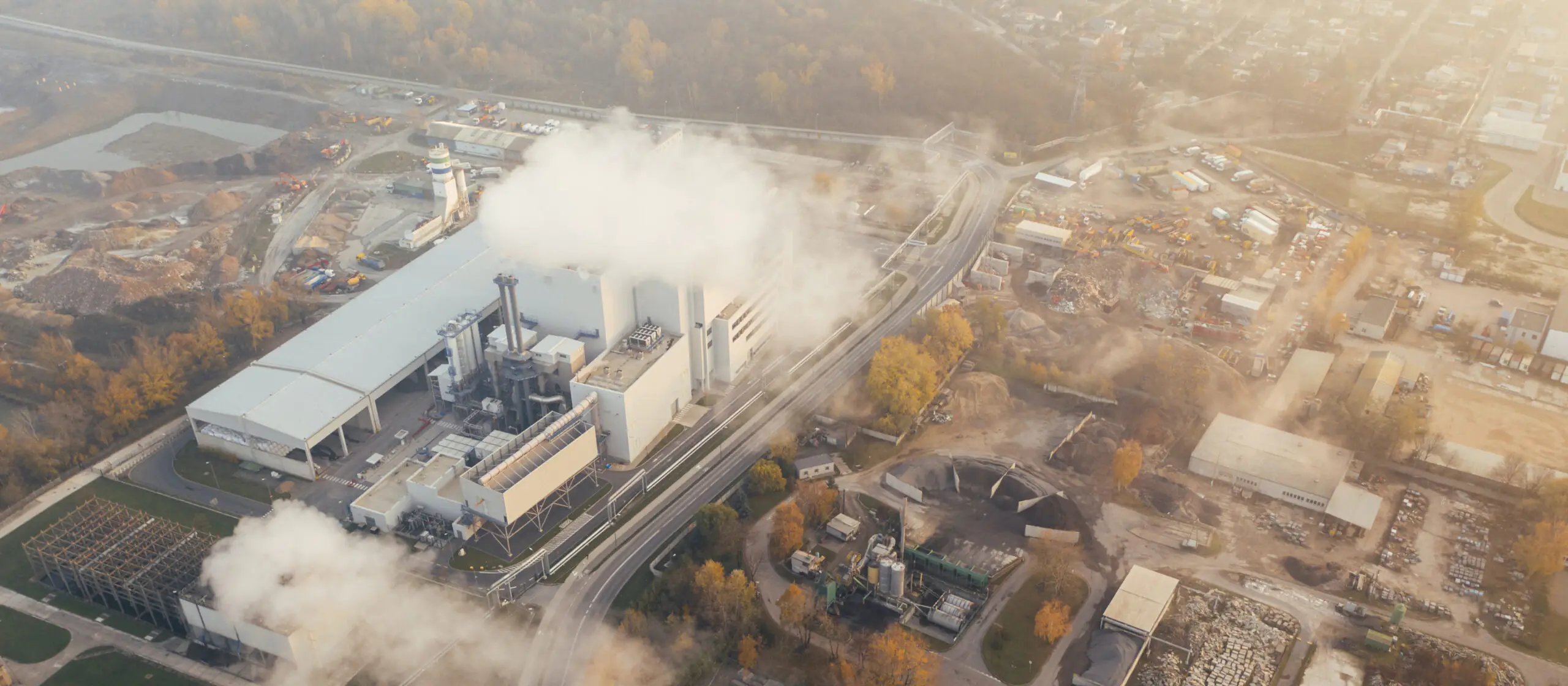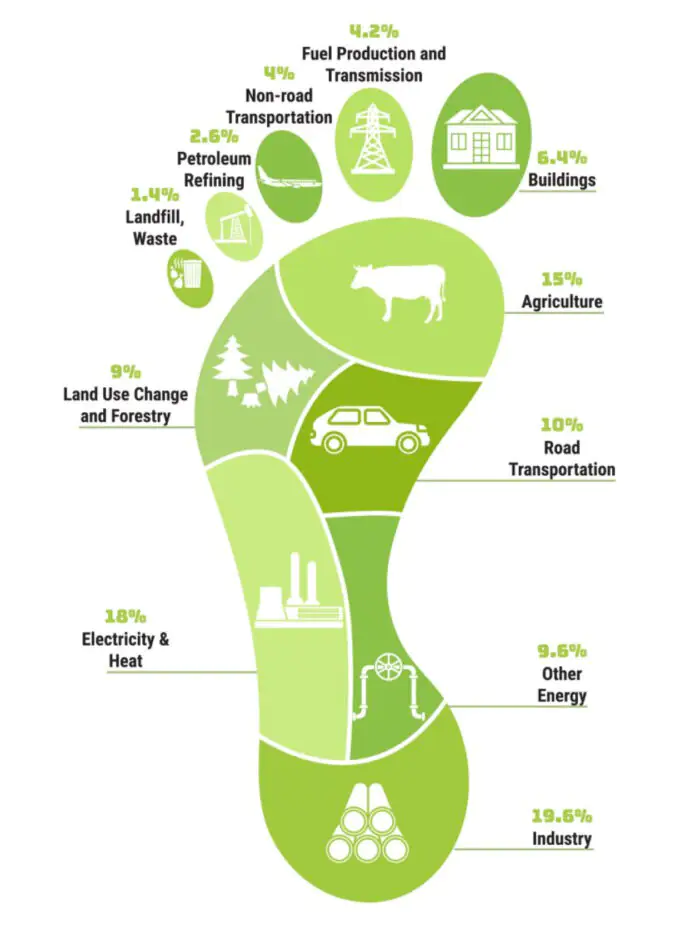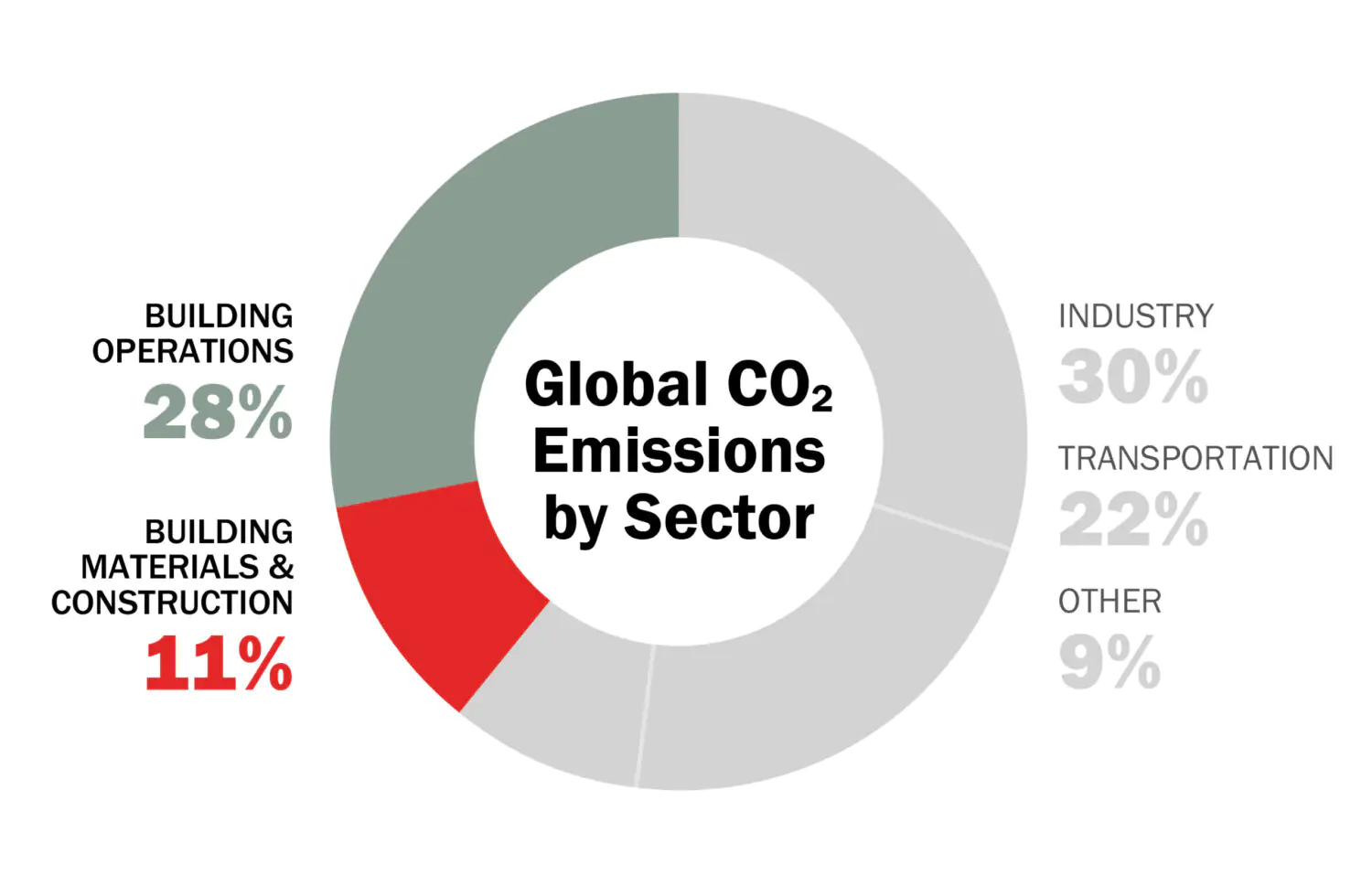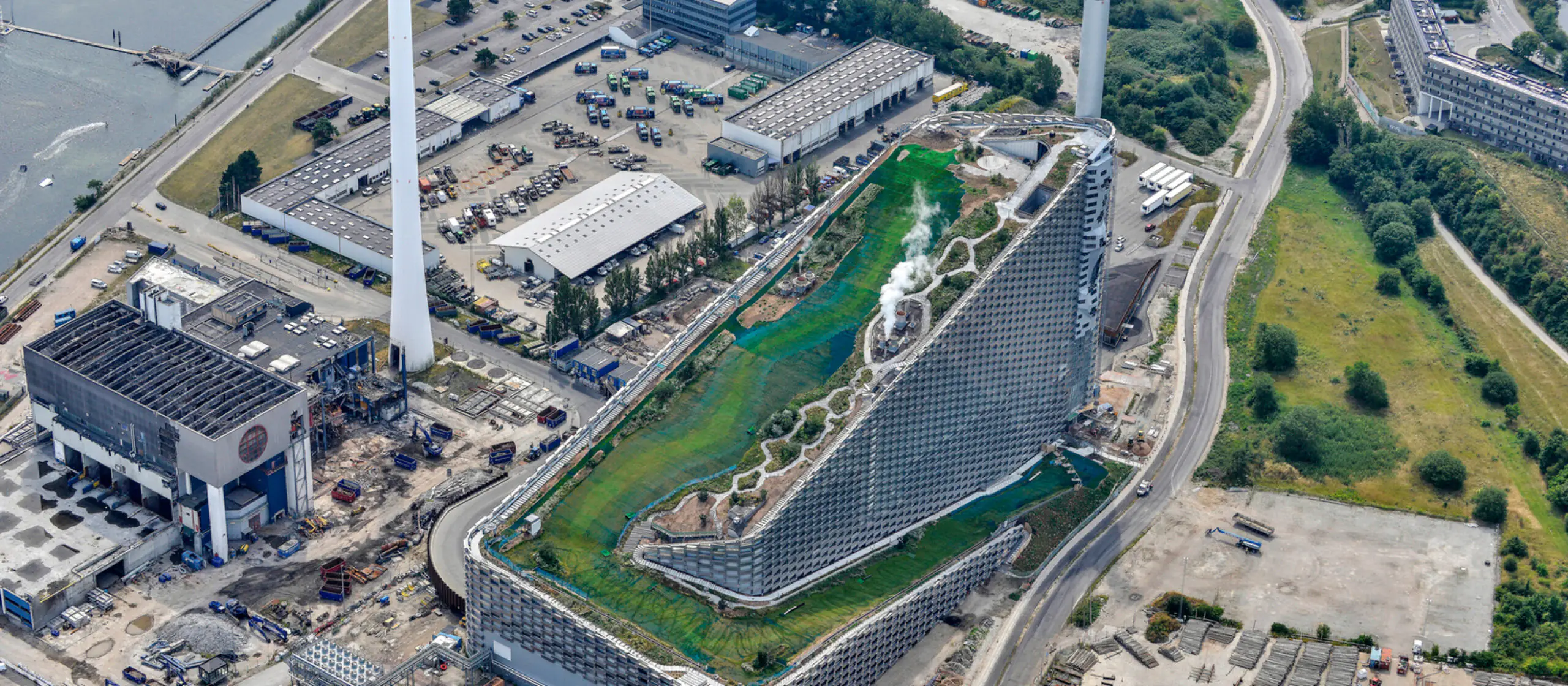
Why is carbon dioxide monitored? Because its level in the atmosphere can change the Earth’s climate. Scientists came to this conclusion at the end of the 19th century when they studied the causes of the Ice Age. That’s when the term “greenhouse effect” was coined, meaning the increase in temperature in the Earth’s atmosphere that occurs due to the accumulation of heat near its surface.
Back in the early 20th century, Swedish scientists Arvid Högbom and Svante Arrhenius were the first to estimate the amount of carbon dioxide emitted from burning coal and warned of the warming that would result from increased emissions. However, this theory provoked a sceptical reaction in the scientific community until the 1950s.
As early as the middle of the 20th century, the academic community discovered that mechanisms thought to prevent global warming – such as the ocean’s absorption effect—were not effective enough, and emissions into the atmosphere were increasing. But the world was actively recovering from World War II, engaged in the space race and increasing oil production—against a backdrop of global political processes and accelerating industrialisation, scientists’ warnings about global warming were ignored.
It was not until the 1990s that the environmental agenda became relevant. This transformation was marked by Canadian activist Severn Cullis-Suzuki’s speech on climate change at the Rio Summit in 1992. The concept of the ecological footprint was formulated during this period.

Ecological Footprint
The Ecological Footprint is the amount of environmental resources required for humanity and the functioning of the economy. The concept of the Ecological Footprint and the method for calculating it were developed by Mathis Wackernagel in a thesis he wrote under the supervision of William Rees at the University of British Columbia in Vancouver from 1990 to 1994. Wackernagel and Rees first called this concept “Appropriated Carrying Capacity”.
But to make the idea more accessible, William Rees coined the term “Ecological Footprint”. The first scientific publication on Ecological Footprints was produced by Reece himself in 1992. In 1996, Wackernagel and Reece published Our Ecological Footprint: Reducing Human Impact on the Earth.
The concept of Carbon Footprint was born as part of the concept of Ecological Footprint—it is one component of the human impact on the Earth. The term “Carbon Footprint” was first used in a publication for a general audience in 1999 in a BBC magazine article on vegetarian food.

to the carbon footprint. Ratio
talema.com
The idea of a Carbon Footprint only gained mass attention in the early 2000s. The British multinational oil and gas company “British Petroleum”(BP) used an advertising campaign in 2003–2004 to ask people on the street about the carbon footprint they were leaving. The adverts encouraged people to calculate their personal carbon footprint using BP’s calculator and think about how it could be reduced.
This advertising campaign has been criticised for trying to shift the focus and responsibility from corporations to individuals. Now, 20 years later, most of the public attention and the attention of organisations monitoring greenhouse gas emissions is focused on corporations.
Carbon footprint calculation methods continue to evolve and become an important tool for sustainability analysis. Sustainability assessment is also relevant for architecture and construction, which is why there is a highly specialised term—“Building Сarbon Footprint”.

archdaily.com
Building Сarbon Footprint
The Building Carbon Footprint is all emissions released into the atmosphere during the design, construction and operation of a building. It includes all greenhouse gases generated during the production of raw materials, the construction of the building, the transport of materials to the construction site, as well as during building operation, periodic repair and replacement of materials, and disposal of building materials at the end of their useful life.
Overall, the carbon footprint of the construction industry is one of the most significant of all industries. In 2017, UNEP (United Nations Environment Programme) and the International Energy Agency found that construction accounts for 39% of all carbon dioxide emissions globally. This is why progressive countries are now working to reduce CO2 emissions and energy consumption in the construction industry, but change is slow.


archdaily.com
Carbon Footprint Management
However, the amount of emissions can and should be influenced. There is a specialised area for this purpose: Carbon Footprint Management.
The primary tactic for managing carbon footprints in construction is the practice of sustainable building (Green Buildings, or Sustainable Buildings). This practice includes several principles.
- Use of sustainable building materials with minimal environmental impact, including recycled materials.
For example, low-carbon cement, the production of which is less energy-intensive: about half of all CO2 emissions in construction come from the processing of cement during production.
Sustainable materials also include wood, straw, clay, adobe, cork, bamboo, sawdust and compacted earth—all of which leave a smaller carbon footprint than cement.
- Reducing transport costs. This requires:
- Reduce the number of vehicles on the job site.
- Apply a Just-in-Time material delivery strategy: that is, at the right time, in the right place and strictly in the right quantity.
- Use materials and equipment that are manufactured close to the construction site and do not require long transport times.
- Maximising energy efficiency. In order to achieve it, it is necessary to:
- Develop a strategic plan for energy utilisation at the outset of project planning.
- Control energy consumption on construction projects—using smart energy systems.
- Minimise use from individual electricity generators and instead connect appliances to the central city grid.
- Reduce heating and lighting costs through the use of certified energy efficient appliances on all construction sites.
- Waste management: this means reducing construction waste by implementing the 3Rs approach of Reducing (Reducing), Reusing (Reusing) and Recycling (Recycling).

There is no single internationally recognised method to measure and verify the carbon footprint of a building.
The Life-Cycle Assessment (LCA) is the best known method for assessing the environmental impact of a building at different stages of its life cycle.
There are also different rating systems for assessing the sustainability of buildings, which include a parameter for CO2 emissions. The two most well-known and widely recognised rating systems in the world are LEED (Leadership in Energy and Environmental Design) and BREEAM (Building Research Establishment Environmental Assessment Method, i.e. Building Research Establishment Environmental Assessment Method).
We have already talked a bit about these methods of certification in construction in another text.
Buildings also leave other, less harmful environments: read about them in another part of our dictionary.







